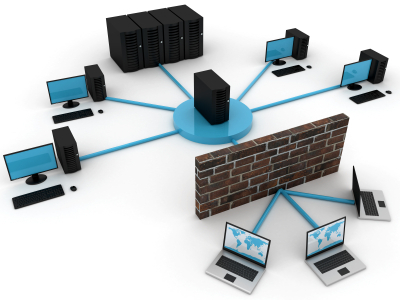Description
To minimize the risk of your business losing data to hacks and breaches, it’s crucial to ensure that your web server is set up as securely as possible. If your server security is compromised, it could result in anything from spam advert injections on a company website, to user data being intercepted and stolen from form submissions.
What is a secure web server?
A secure web server will generally fall into one of two categories. Most commonly, it’s a server on the public web that supports security protocols like SSL, meaning that sensitive data transmitted to and from the server is encrypted for the user’s protection. Alternatively, it can mean a web server used only by a team of employees within a local network, secured against external threats.
What security risks can a web server face?
Web servers are one of the most targeted parts of an organization’s network, because of the sensitive data that they typically host. As a result, it’s important that as well as securing web applications and your wider network, you take thorough measures to secure the web servers themselves.
There are several key threats to web servers that are important to be aware of, to prevent and mitigate those risks. These include, but are not limited to:
- DoS and DDoS Attacks
Denial of Service attacks and Distributed Denial of Service attacks are techniques cybercriminals will use to overwhelm your servers with traffic until they become unresponsive, rendering your website or network unusable. - SQL Injections
SQL injections can be used to attack websites and web apps, by sending Structured Query Language requests through web forms to create, read, update, alter or delete data stored in your servers, such as financial information. - Cross-site scripting
Cross-site scripting, also known as XSS, is a technique similar to an SQL injection – code is injected into server-side scripts to gather sensitive data or to execute malicious client-side scripts. - Unpatched software
Software updates and security patches are designed to fix vulnerabilities in older versions of that software. However, once a new patch is released, would-be hackers can reverse-engineer attacks based on the changes, leaving unpatched versions in a vulnerable position. It’s why we recommend using a trusted patch management service to make sure you’re always up-to-date.






Reviews
There are no reviews yet.